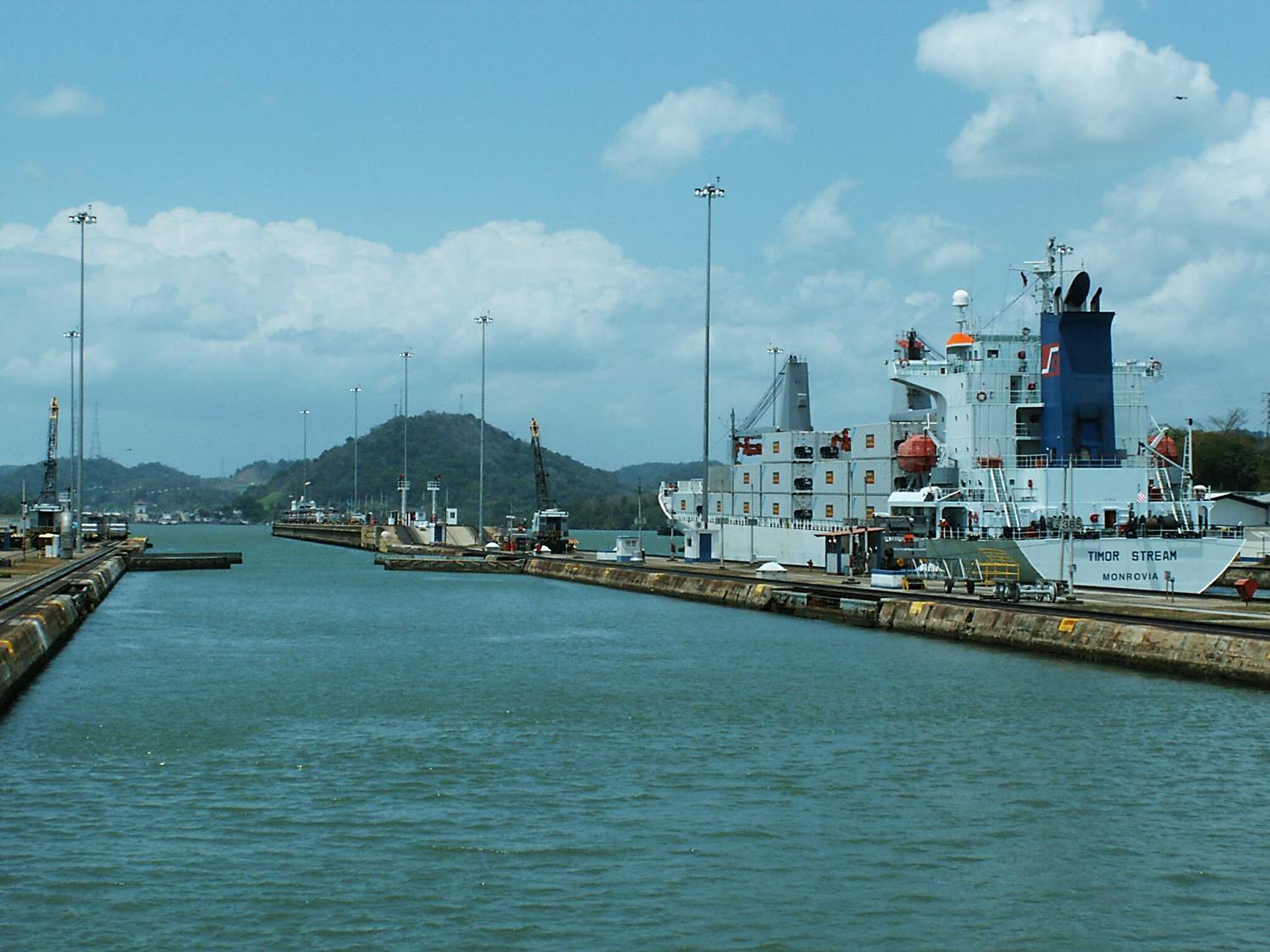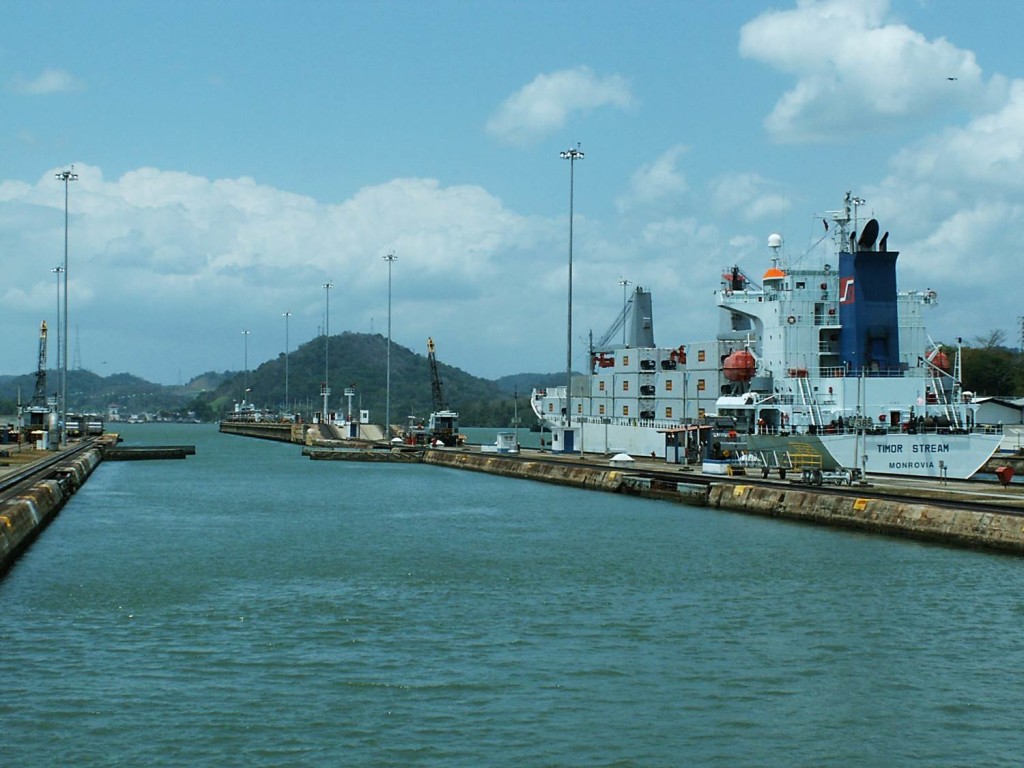Commentary – US LNG Exports Set to Cruise the Panama Canal
This Sunday, June 26th, the long-awaited Panama Canal expansion will open. The upsized waterway benefits US Liquefied Natural Gas (LNG) exporters, who now have a shorter path to Asia. Meanwhile, market access for Canadian natural gas remains landlocked.
Since opening in 1914, the Panama Canal has helped facilitate trade between the Atlantic and Pacific Oceans. Digging the impressive trench was a true lesson in perseverance. The French first started the project in the late 1800s and failed. When the Americans took over in 1904, the project took thousands of construction worker’s lives and almost a decade to complete.
The new channel construction has also been challenging. The project has taken nine years to finish, a full two years longer than initially expected, and the final cost is set to exceed the original $5.2 billion estimate.
Although the Canal has been upgraded with bigger locks and a deeper channel, it is not expected to increase crude oil exports noticeably. The most economical way to ship crude oil is on Very Large Crude Carriers (known as VLCC’s). These massive ships carry over 2 million barrels of crude oil and are the length of six Olympic sized swimming pools. Even after the expansion, the Panama locks will still be too small for these behemoth vessels. Smaller tankers can travel through the channel, but scale does matter: small ships carrying cargo to Asia are generally uneconomic.
Even though crude oil will be mostly unaffected, the expanded Canal will be transformational for US LNG exports. Earlier this year, the first LNG tanker set sail from the Sabine Pass facility in Texas. Before the Panama expansion, LNG tankers leaving Sabine Pass could not squeeze through the Canal to reach Asia. Instead, they would have had to travel through Egypt’s Suez Canal or around Africa’s Cape of Good Hope. Using the new shorter route, the trip to Japan from the Gulf of Mexico is reduced by more than one-third.
Despite the new, shorter path for US LNG to travel to Asia, potential LNG exports from Canada’s west coast still maintain a superior shipping advantage. The direct voyage from British Columbia’s shoreline to Asia is still about two thirds shorter than the new US route. Plus Canadian shipments do not have a Canal toll.
Even before the new Canal, the Americans already had a number of competitive advantages in the battle for LNG market share ̶ abundant and cheap gas supply from Louisiana’s Henry Hub (although Canadian projects have even lower prices); contracts that are linked to North American natural gas price instead of crude oil; a relatively fast regulatory process (at least compared to Canada); and existing brownfield facilities that could easily access natural gas (without the costly pipelines needed for connecting BC’s LNG projects with inland gas fields). The Panama route adds yet another comparative benefit.
As a result, the US LNG construction business is booming. In addition to the newly commissioned Sabine Pass facility, five other LNG export projects are under construction, including Sabine Pass’s next phase. By the end of the decade, US capacity will exceed 8 Bcf per day, equal to more than half of all of Western Canada’s current natural gas production.
Adding up the cost estimates for each of the projects, the construction of new LNG facilities represents over $45 Billion of direct spending for the US economy. Add to this, the country will benefit from the royalties, taxes, and jobs associated with producing and shipping LNG over the next few decades and beyond.
These new US LNG projects could provide some indirect benefits for Canada. Sending US gas to the global markets will help to depressurize the continent of surplus natural gas. In theory, more US exports should increase continental prices, including those in Canada. However, the absolute level of price appreciation is debatable, especially considering that North America’s abundant and cheap resource is likely to add more supply even at low prices.
For Canada, direct benefits would only accrue from the construction of Made-in-Canada west coast LNG. The direct benefit for Canada still may be forthcoming, assuming some of the leading BC LNG projects are approved and constructed. The good news is we don’t have to dredge the earth’s crust and connect two oceans to get in the game.



